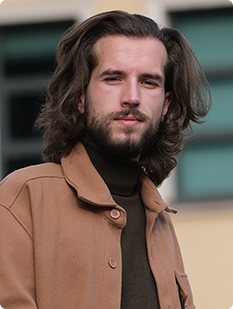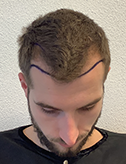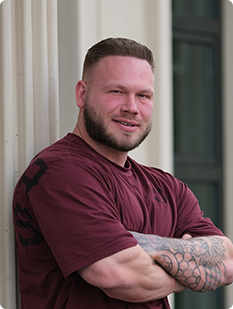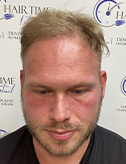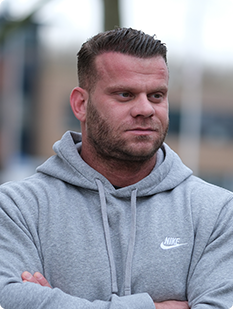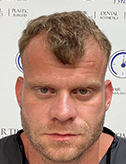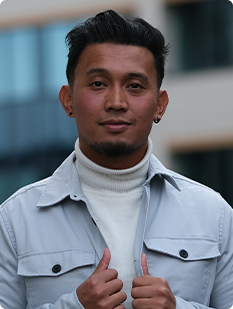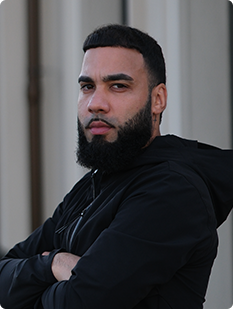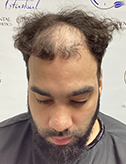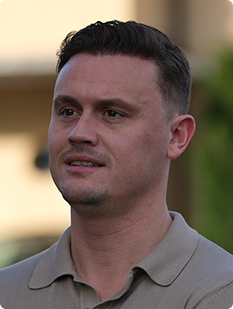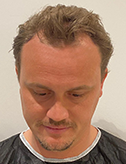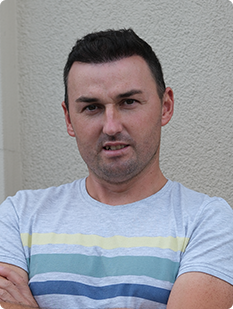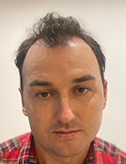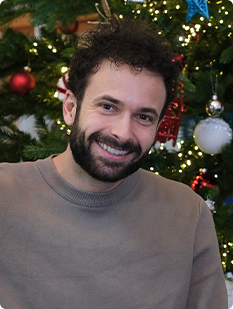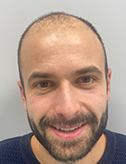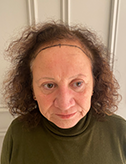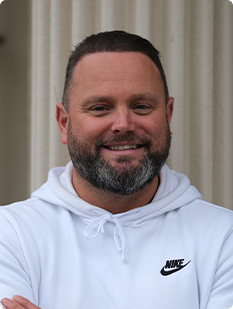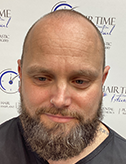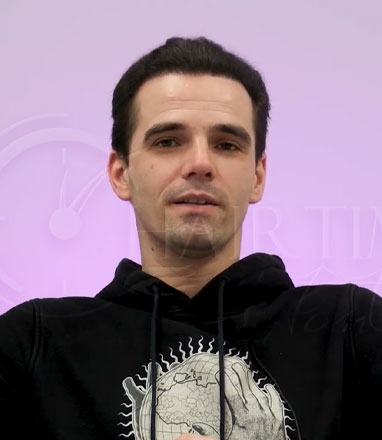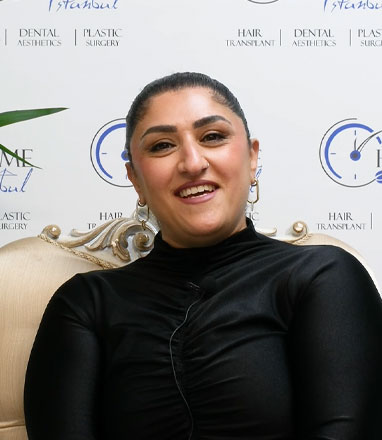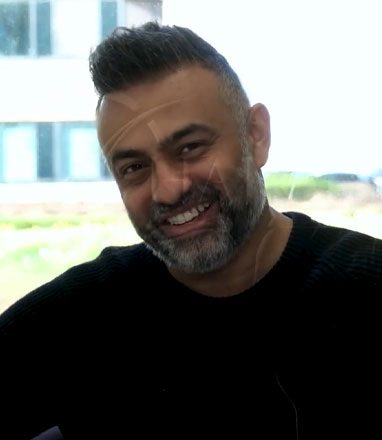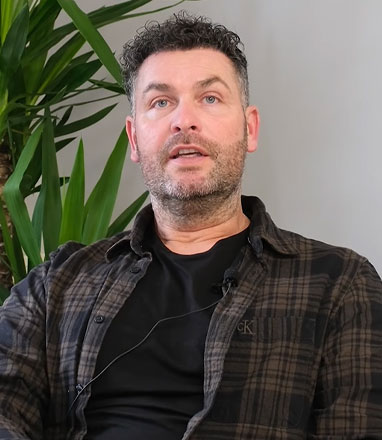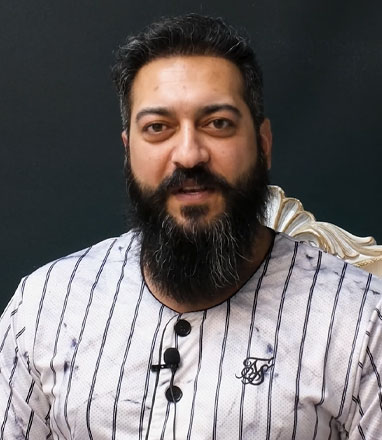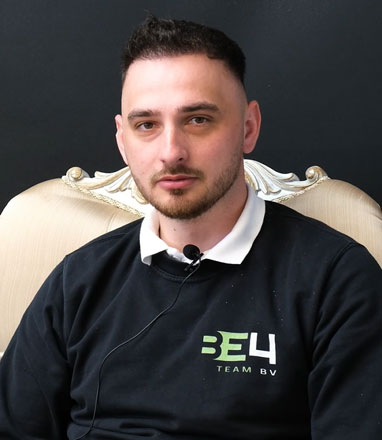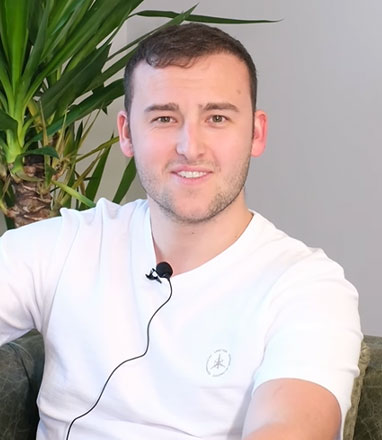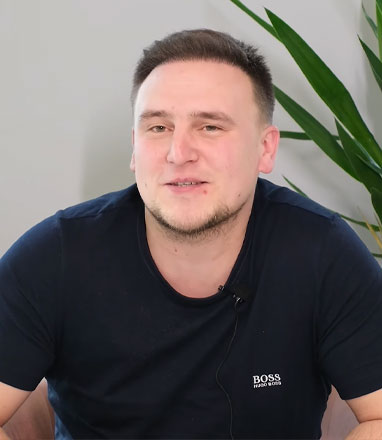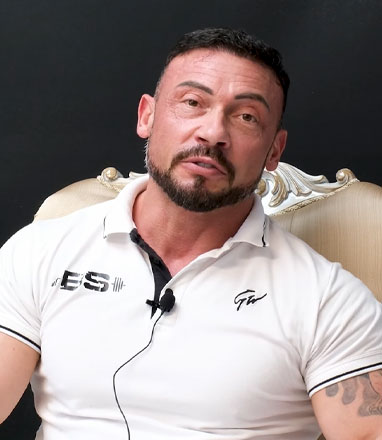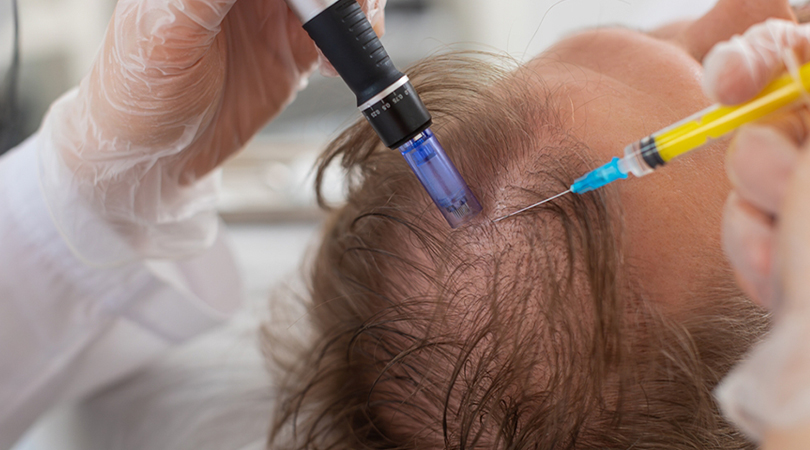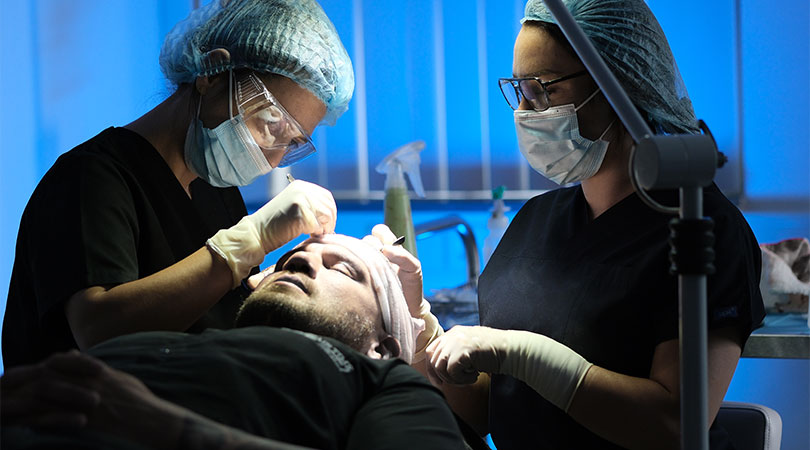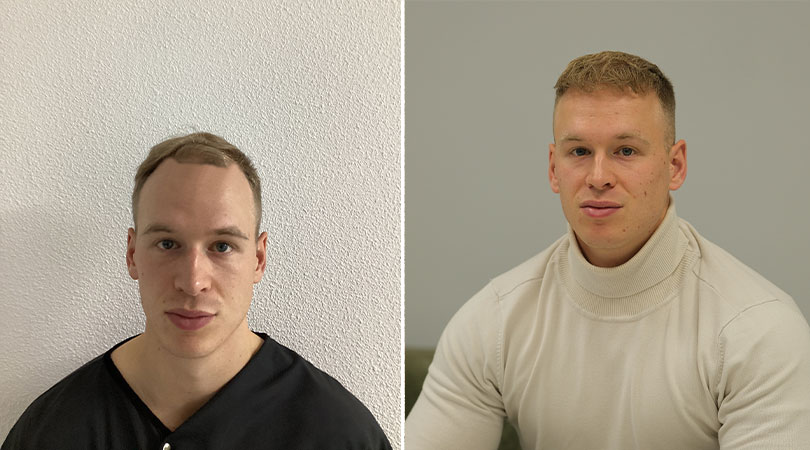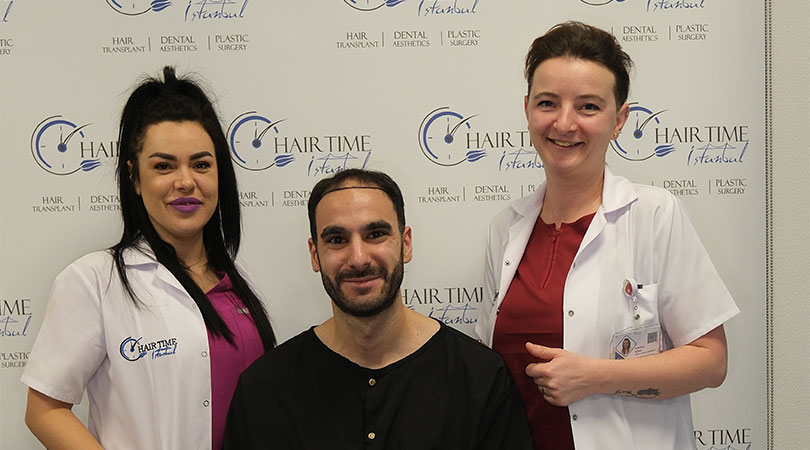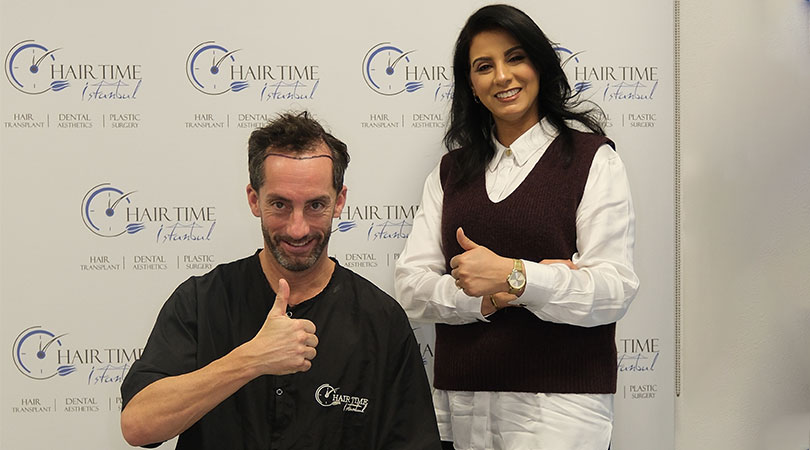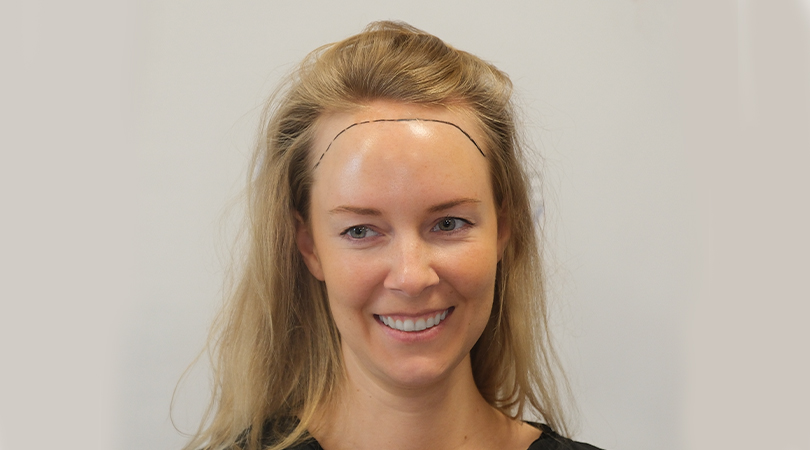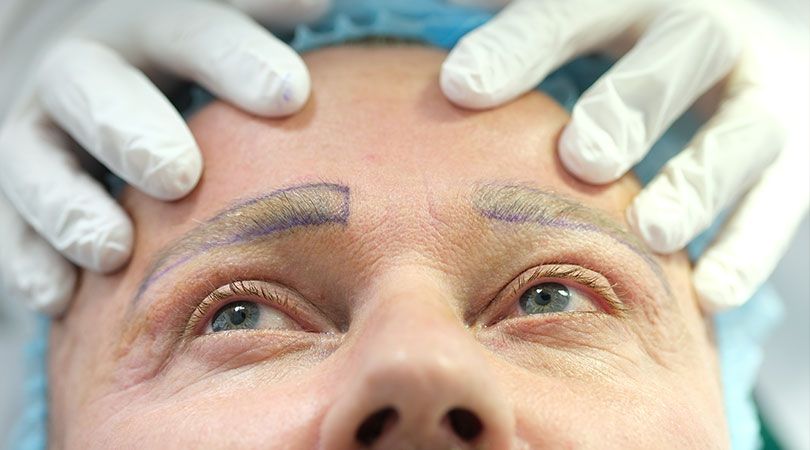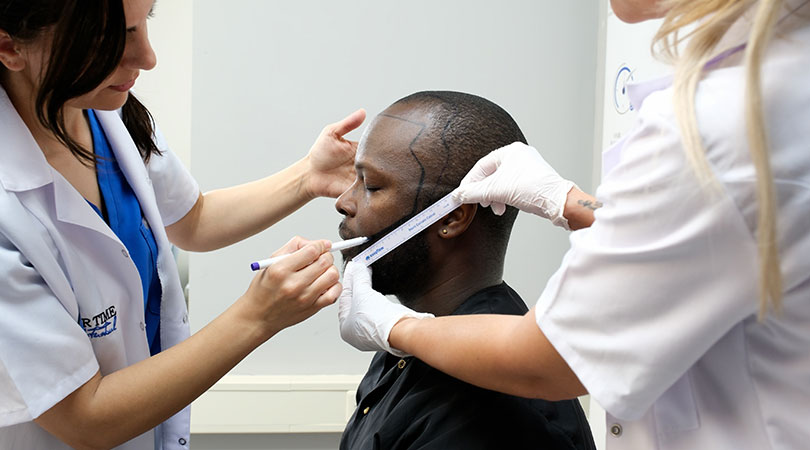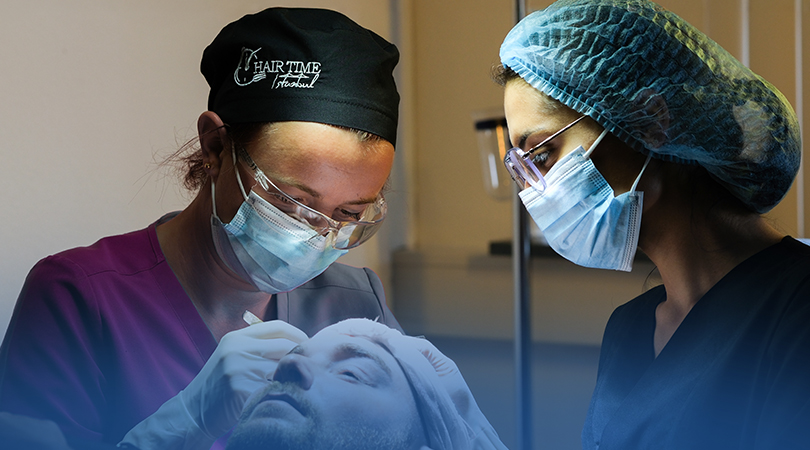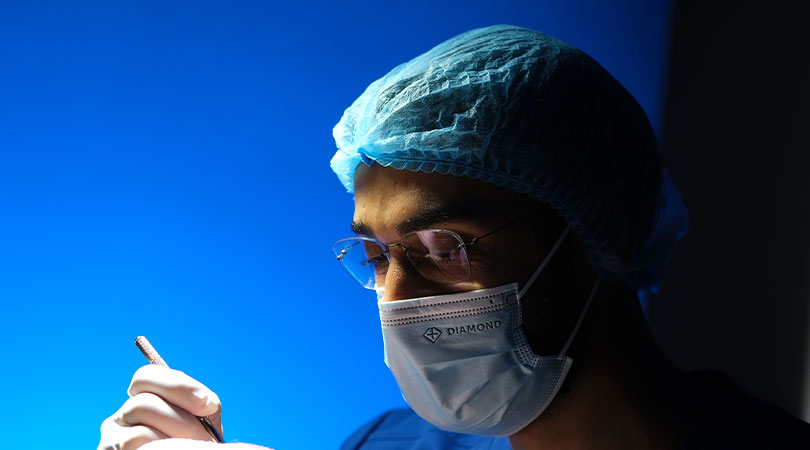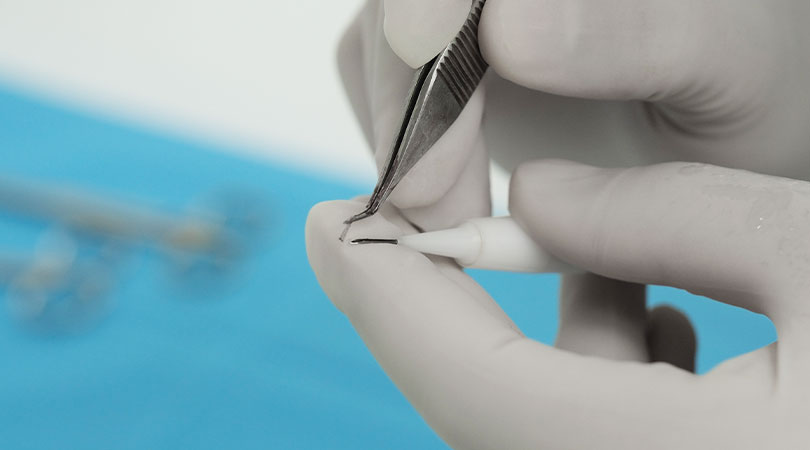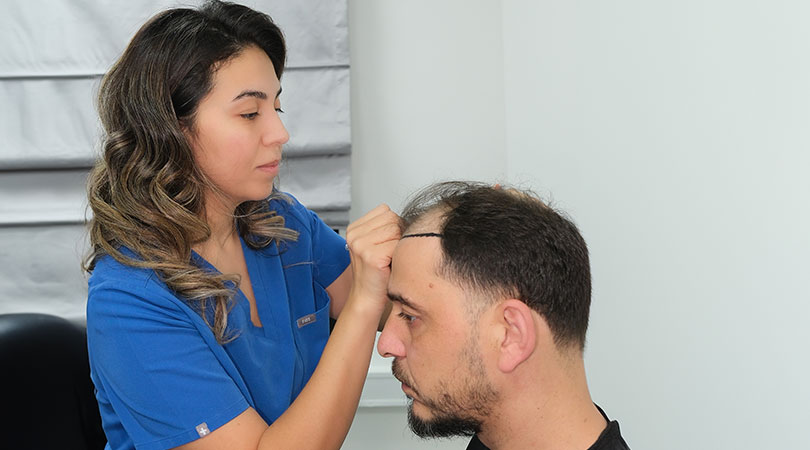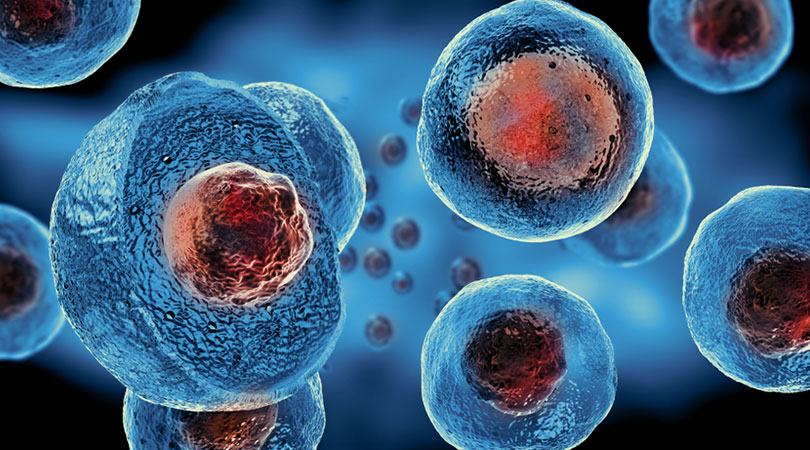
Stem Cell Therapy: What Is It?
Stem cell therapy is a regenerative procedure that uses a patient’s own tissues—rich in hair follicle stem cells, progenitor cells, and signaling molecules—to stimulate hair regrowth and increase the thickness of existing hairs. The treatment primarily utilizes hair follicle stem cells (HFSCs), mesenchymal stem cells (HF–MSCs), support cells, and paracrine signaling molecules located in the “bulge” region of the hair follicle.
The technique involves harvesting a small tissue sample from a scalp area with healthy hair, then mechanically processing it into micrografts that mobilize and homogenize the stem cells, support cells, and signaling molecules. The prepared solution is then exposed to specific wavelengths of light to enhance cell stimulation before being injected into areas exhibiting hair loss and thinning.
Additionally, the cells within these micrografts release growth factors and signaling molecules, promote capillary regeneration, and help reactivate dormant hair follicles by enhancing the natural hair cycle. Early improvements can often be noticed around three months after treatment, while more definitive results typically appear six to twelve months later—owing to the hair growth cycle’s gradual pace.
Main Features and Benefits of Stem Cell Applications
- Short Treatment Duration (45–60 minutes)
- Immediate Return to Daily Activities
- Minimal Discomfort (feels like small pricks during injections)
- Repeatable Procedure (recommended after 6–12 months)
- No Noticeable Post-Procedure Deformities
- No Haircut or Shaving Required
- Compatibility with Other Treatments (e.g., PRP, Exosomes, Microneedling, PBM, Hair Transplantation)
- Suitable Before and After Hair Transplantation
- Minimal Side Effects (using the patient’s own cells)
Not Suitable or Requires Delaying the Procedure
- Severe Bleeding Disorders
- History of Delayed Wound Healing
- Untreated Metabolic Diseases
- Untreated Thyroid/Hormonal Disorders
- Active Autoimmune Diseases
- Active Infections of the Skin or Scalp
- Pregnancy
- Allergy to Local Anesthesia
- Active Infection
What Does the Complete Process Look Like?
Weeks Before
- The patient decides to seek help for hair loss or hair thinning.
- They contact a clinic that specializes in treating hair loss.
- A consultant/trichologist and a medical doctor evaluate the patient’s hair loss and recommend potential treatment options.
- The patient chooses the most suitable option(s) based on the provided information.
- If stem cell therapy is advised, an appointment is scheduled for the procedure.
A Few Days Before Treatment
We advise our patients to follow these recommendations to ensure the best possible response to treatment and minimize complications:
- Avoid alcohol.
- Refrain from irritating the scalp or hair.
- Monitor for new or worsening acne around the hair roots.
- Watch for symptoms such as high fever, pain, swelling, or redness.
If you have any concerns or notice anything unusual, please consult your medical doctor. Otherwise, you may carry on with your daily activities as normal.
On the Day of Stem Cell Transplantation
Upon arrival at the clinic, we will measure your preoperative hair quality in the area targeted for treatment. We use an AI-enhanced “triscope” to assess average hair shaft thickness, the number of follicles per cm², and your overall hair density index. These measurements will be taken at multiple locations, with each reading and its coordinates recorded in your patient file. We will then take photographs of your hair from various angles and add them to your file. These measurements and images will be used for both visual and numerical comparisons to track your hair’s response to the treatment(s).
Next, we shave a small donor area at the back of the head (post-auricular region), typically covering about 15–20 cm², which can later be concealed by the surrounding hair. We then proceed with the stem cell transplantation protocol. Briefly:
- A local anesthetic is applied to the donor area to ensure painless sample collection.
- Around four small (3 mm diameter) donor skin samples—each containing multiple healthy hairs—are harvested.
- These samples are processed and exposed to light activation, resulting in an injectable solution rich in stem cells, support cells, signaling molecules, and isotonic saline (0.09% NaCl).
- The solution is then injected intradermally into the target area at approximately 0.1 ml per 1 cm².
- In some cases, the 3 mm donor sites may be closed with sutures.
Once the procedure is complete, you will be mobilized and receive instructions on post-operative care, including how to use supplementary oil to support hair growth and when to attend follow-up appointments.
Next 24 Hours
- Avoid washing your hair.
- Avoid touching, scratching, or otherwise irritating the treated areas.
- Avoid sweating and strenuous physical activity.You may resume normal daily activities, provided you follow these guidelines.
Next 7–10 Days
We aim to ensure proper healing of the donor area and monitor for any early signs of complications. Please:
- Keep the donor area clean and dry.
- Avoid exposing donor and injection sites to strong irritants or friction.
- Watch for bleeding, swelling, pain, fever, persistent redness, or any other signs of infection.
- If sutures were used, they should generally be removed around 10 days post-procedure, either at our clinic or by another medical professional.
You can start using the supplementary hair growth oil 2–3 days after the stem cell therapy and continue until you’ve completed the recommended course.
Upcoming Months
We recommend scheduling follow-up visits at about 3, 6, 9, and 12 months to monitor the progress of your treatment. You may notice initial improvements as early as 3 months, though more pronounced changes typically appear by 6 months. The most significant results are usually visible at around 12 months.
 Nederland
Nederland Français
Français Español
Español Deutsch
Deutsch Italiano
Italiano Türkçe
Türkçe
